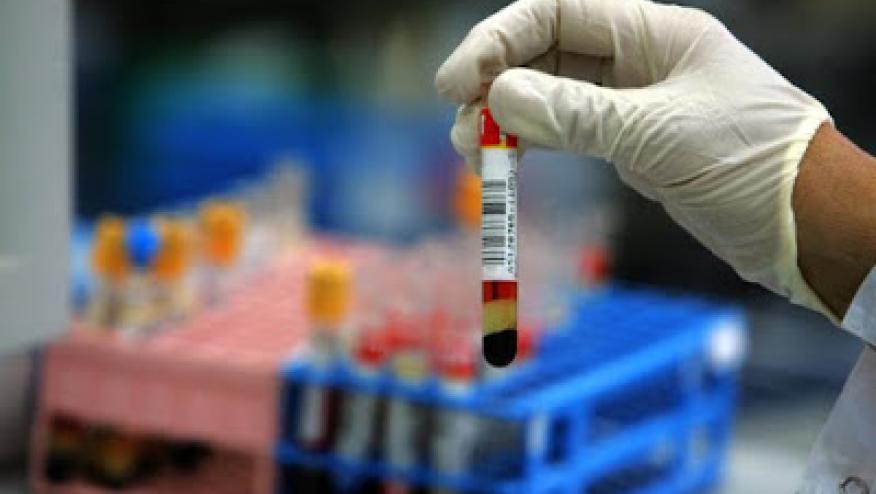To TDM or Not in Rheumatology? Save

Therapeutic Drug Monitoring (TDM), especially for biologic therapies, has become a standard in gastroenterology, but shunned by most rheumatologists. Until recently there were few studies to support it's benefit in rheumatoid arthritis (RA) or psoriatic arthritis (PsA), but now EULAR has studied the issue and stated that TDM cannot be proactively recommended but TDM may be considered in certain clinical scenarios when using biopharmaceuticals in rheumatic and musculoskeletal diseases (RMDs).
EULAR established a multidisciplinary task force to systematically review the literature and develop expert consensus, along with level of evidence and strength for their "points-to-consider" (POCs). In addition to 6 overarching principles they published 13 points-to-consider.
Limiting wider adoption of TDM is the lack of both high quality trials addressing effectiveness and safety of TDM and economic effectiveness in RMD patients. Another concern has been the validation of assays for pharmaceutical blood concentrations and ADAb
In general TDM (of biopharmaceuticals) usually refers to measuring biologic blood concentrations and, possibly, antidrug antibodies (ADAb), to help guide therapeutic decisions and hopefully optimize outcomes. TDM has been commonly adopted in epilepsy, psychiatric disorders and infections and increasingly applied to biologic use in gastroenterology.
Overarching Principles of TDM
- Pharmacokinetic and pharmacodynamic principles underpin the interpretation of TDM for biopharmaceuticals
- TDM refers to the principle of utilising pharmacokinetic data (biopharmaceutical blood concentrations and, optionally, ADAb, to optimise treatment for an individual patient
- There are two broad categories of TDM: Proactive TDM refers to scheduled testing irrespective of the clinical situation and reactive TDM refers to testing in response to particular clinical scenarios
- Most research in the field relates to TNF-inhibitors but the underlying principles can be extrapolated to other biopharmaceutical classes
- Therapeutic approaches to treating patients with inflammatory RMDs should be in line with international and national guidelines for the management of the respective disease.
- TDM should be part of a shared decision making process between the patient and healthcare professionals, incorporating the patient’s experiences and preferences
TDM Points-to-Consider
- Measurement of biopharmaceutical blood concentrations should be performed in a validated laboratory
- Measurement of ADAb should be performed in a validated laboratory, preferably using a consistent assay over time. Measurement should be performed and interpreted alongside contemporaneous biopharmaceutical blood concentration
- Biopharmaceutical blood concentrations are dependent on the dose, administration interval and date of last dose. When interpreting biopharmaceutical blood concentrations, patient-specific factors that influence pharmacokinetics should be considered, which include body weight, methotrexate co-treatment, disease activity and adherence to therapy
- Despite an association with clinical response, the use of biopharmaceutical blood concentrations to guide dosing is not recommended due to the lack of an identified optimal range for most biopharmaceuticals in most indications
- Routine use of proactive TDM is not recommended in the management of inflammatory RMDs
- Measurement of biopharmaceutical blood concentrations up to 3 months after commencement of treatment could be considered to predict future efficacy
- Reactive TDM could be considered in the management of inflammatory RMDs
- Measurement of biopharmaceutical blood concentrations could be considered to identify those with high biopharmaceutical blood concentrations in whom tapering may be indicated
- Measurement of biopharmaceutical blood concentrations should be considered to understand clinical non-response
- Measurement of ADAb should be considered in the case of immunogenic biopharmaceuticals, alongside biopharmaceutical blood concentrations, at the time of clinical non-response
- Measurement of ADAb should be considered in the case of a hypersensitivity reaction, mainly related to infusions
- Measurement of ADAb is not recommended in the case of an injection-site reaction
- Cost-effectiveness of TDM should be considered according to local context and standard of care










If you are a health practitioner, you may Login/Register to comment.
Due to the nature of these comment forums, only health practitioners are allowed to comment at this time.